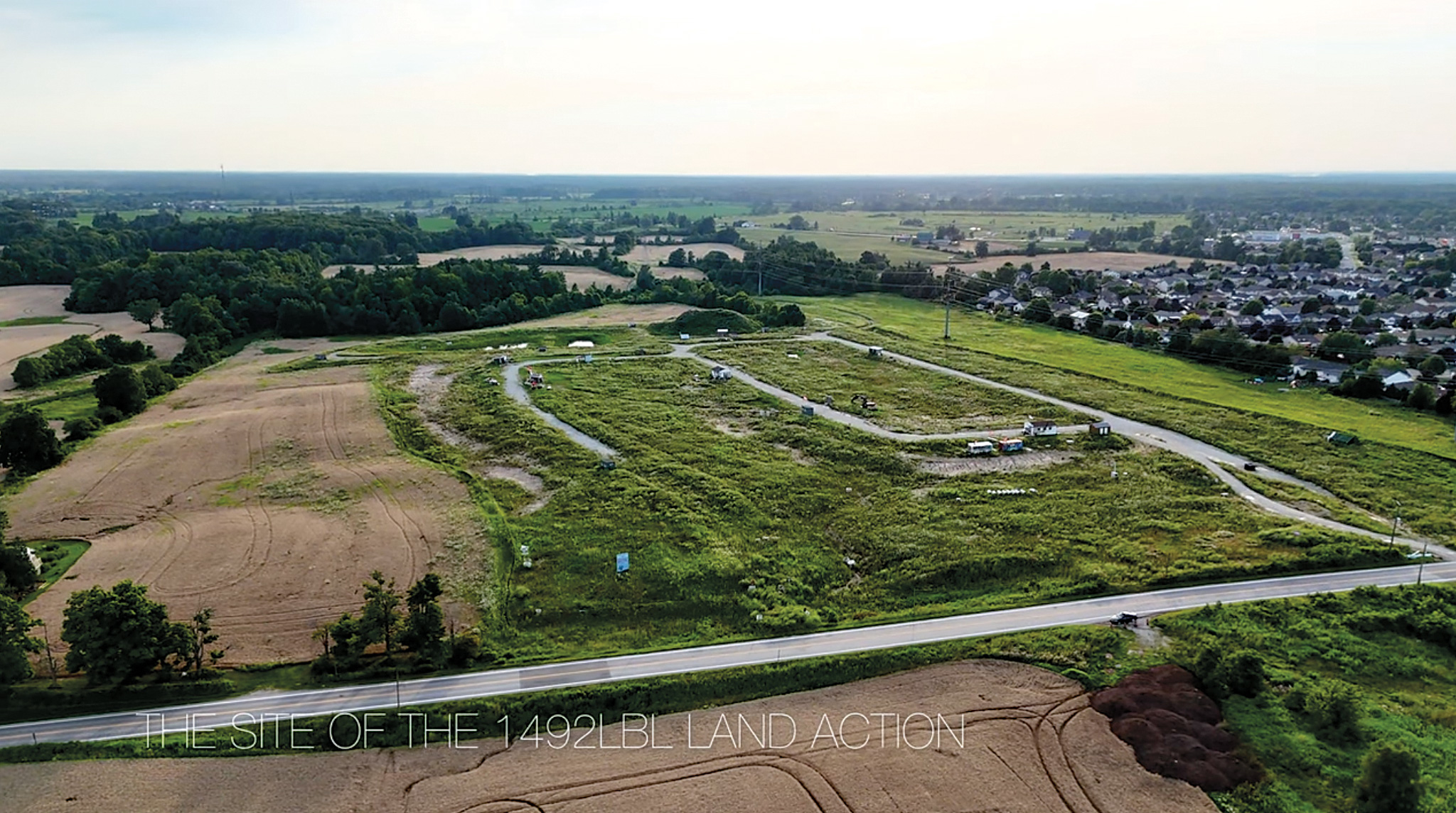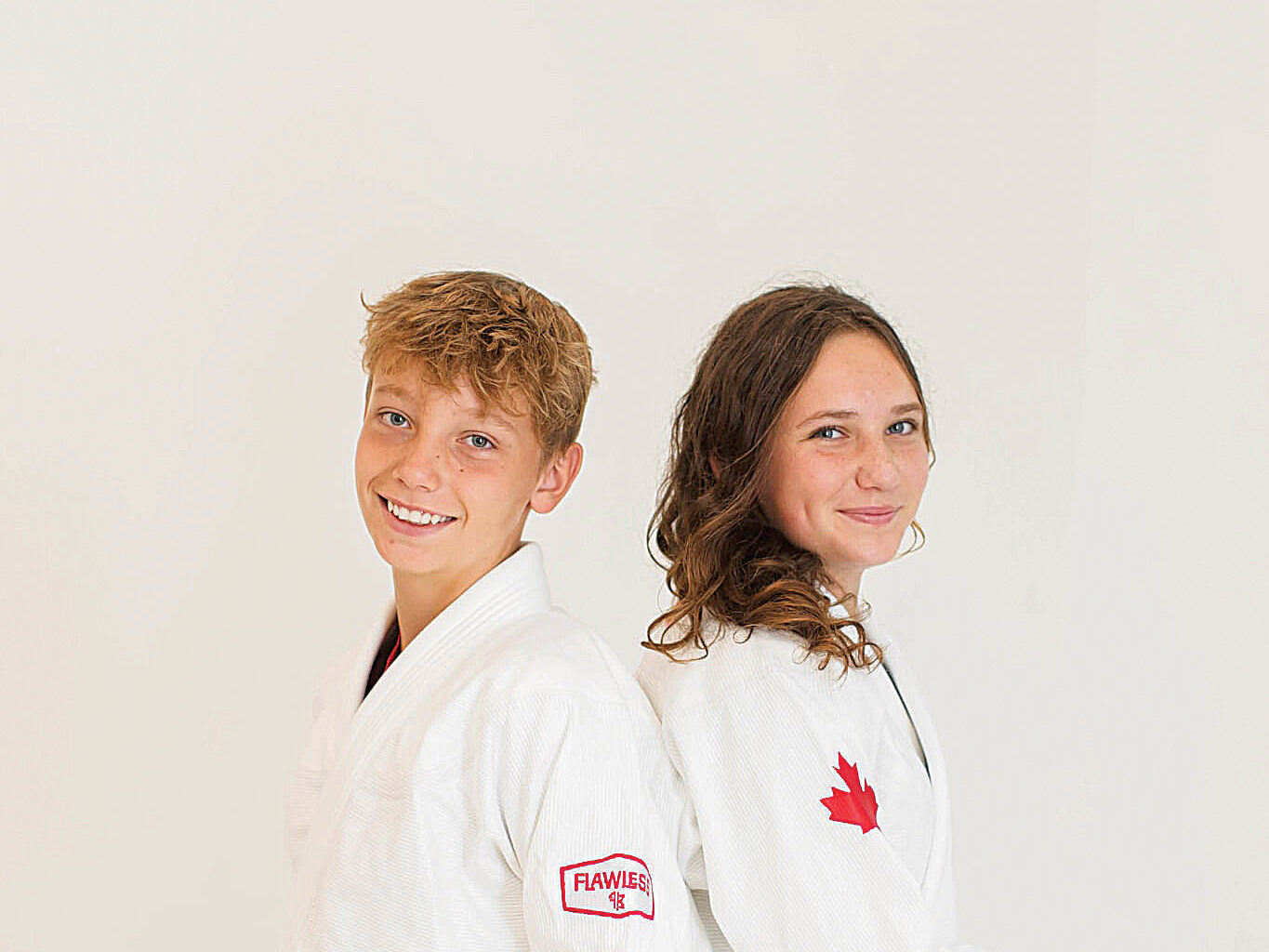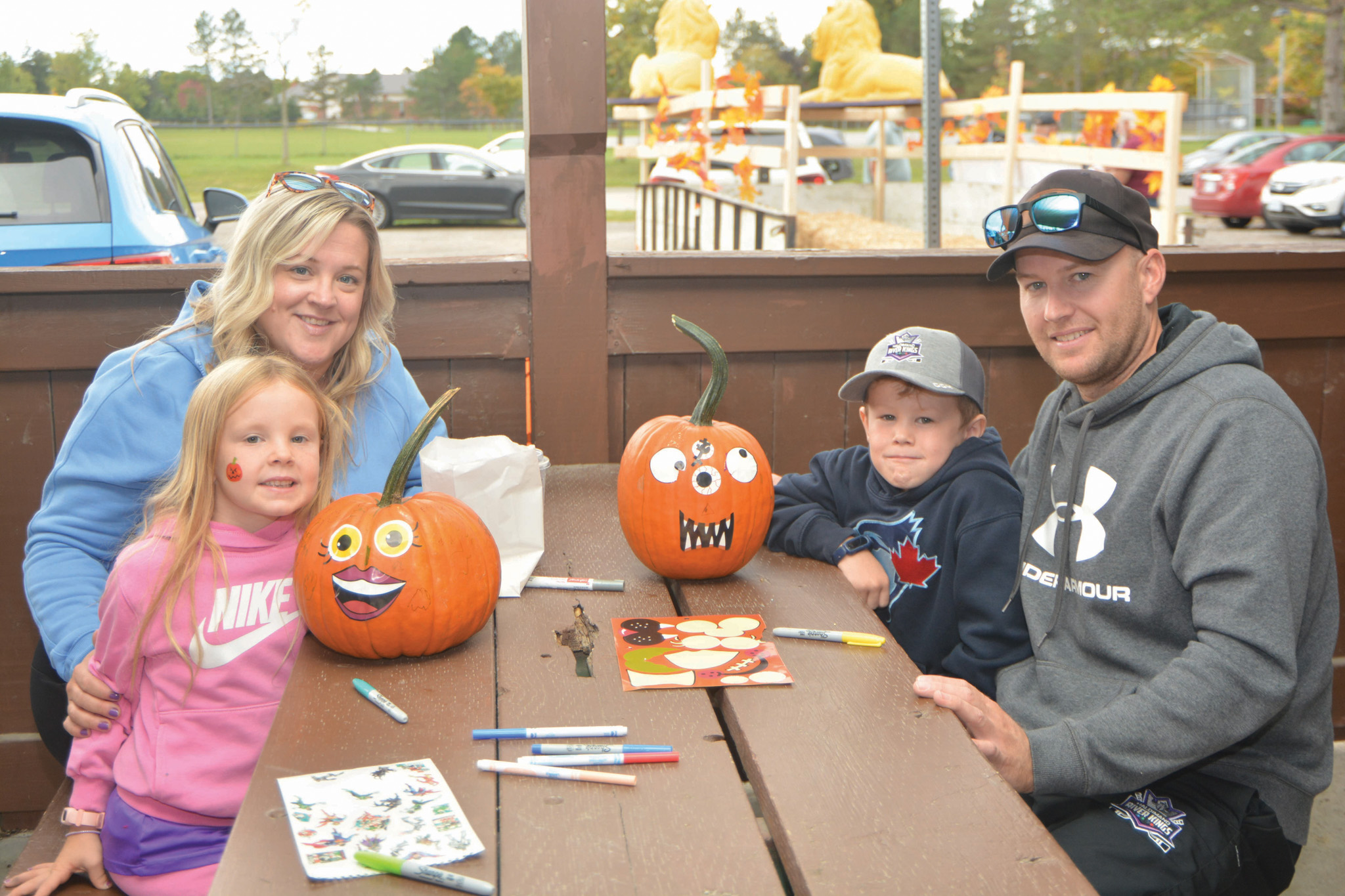NANTICOKE—The community had an opportunity for a rare peek behind the curtain at Hobbitstee Wildlife Refuge for a one-time open house.
The December 7, 2024 event was a chance for donors and the general public to see how the organization operates firsthand, and to get a look inside the newly constructed wildlife hospital and research lab in Nanticoke.

While Hobbistee Wildlife Refuge is regulated by the province, it doesn’t receive government funding; instead operating through grants and donations. It was through a donation from one individual – who wished to remain anonymous – that the facility could be built.
Chantal Theijn, Hobbitstee’s founder, said having a building that was intentionally constructed to serve the refuge’s needs is “a lifetime dream come true; like winning the lottery 10 times. I never thought this would happen.”
The new facility has separate rooms specifically designed for the care and rehabilitation of different types of animals, including herptiles (e.g. turtles, frogs), small mammals (e.g. rabbits, opossums), semi-aquatic mammals (e.g. beavers, otters), and birds (e.g. waterfowl, raptors).
Dave Lowe, Theijn’s personal and professional partner, gave tours of the facility to guests, where he highlighted some of the features.
Of note, Hobbitstee has as little contact as possible between the animals and humans. This reduces stress for the animals and helps them have an easier transition back to the wild; that’s part of the legal mandate of the operation. “Plus, they don’t want to see you,” he told guests with a laugh.
Cameras help limit contact, which is “really important, so we can monitor (the animals) and make sure they’re ready to go to the next stage (of rehabilitation),” he said.
One of the most important features of the new facility is the isolation room, which is only accessible from the outside and is completely sealed off from the rest of the building, including with its own air exchange system. Lowe noted that the room can be completely disinfected, which is vital to make sure disease doesn’t have an opportunity to spread to the other animals in care.
Theijn said before the new building, they were treating approximately 3,500 wildlife per year, but under very stressed and cramped circumstances.
“We can comfortably do 4,500 a year,” she said of the changes. “What we’ve increased more than anything is comfort.… We’ve raised the level of care bar.”
Another important expansion of Hobbitstee’s work going forward will be the greater capacity for research.
Theijn said Hobbitstee operates under the One Health approach, which the World Health Organization’s website explains is “an integrated, unifying approach that aims to sustainably balance and optimize the health of people, animals, and ecosystems. It recognizes that the health of humans, domestic and wild animals, plants, and the wider environment (including ecosystems) are closely linked and interdependent.”
Theijn said right now “there’s too much disconnect” when it comes to information sharing, especially between various disciplines, such as wildlife rehabilitation, public health organizations, and veterinary care, which means “stuff gets missed.”
More than just expressing a wish for there to be a greater collaboration between organizations, Theijn has put it into practice. The Haldimand Stewardship Council now has a permanent home at Hobbitstee.
For more information; to request help for sick, injured, or orphaned wildlife; or to make a donation, visit Hobbitstee.com.










